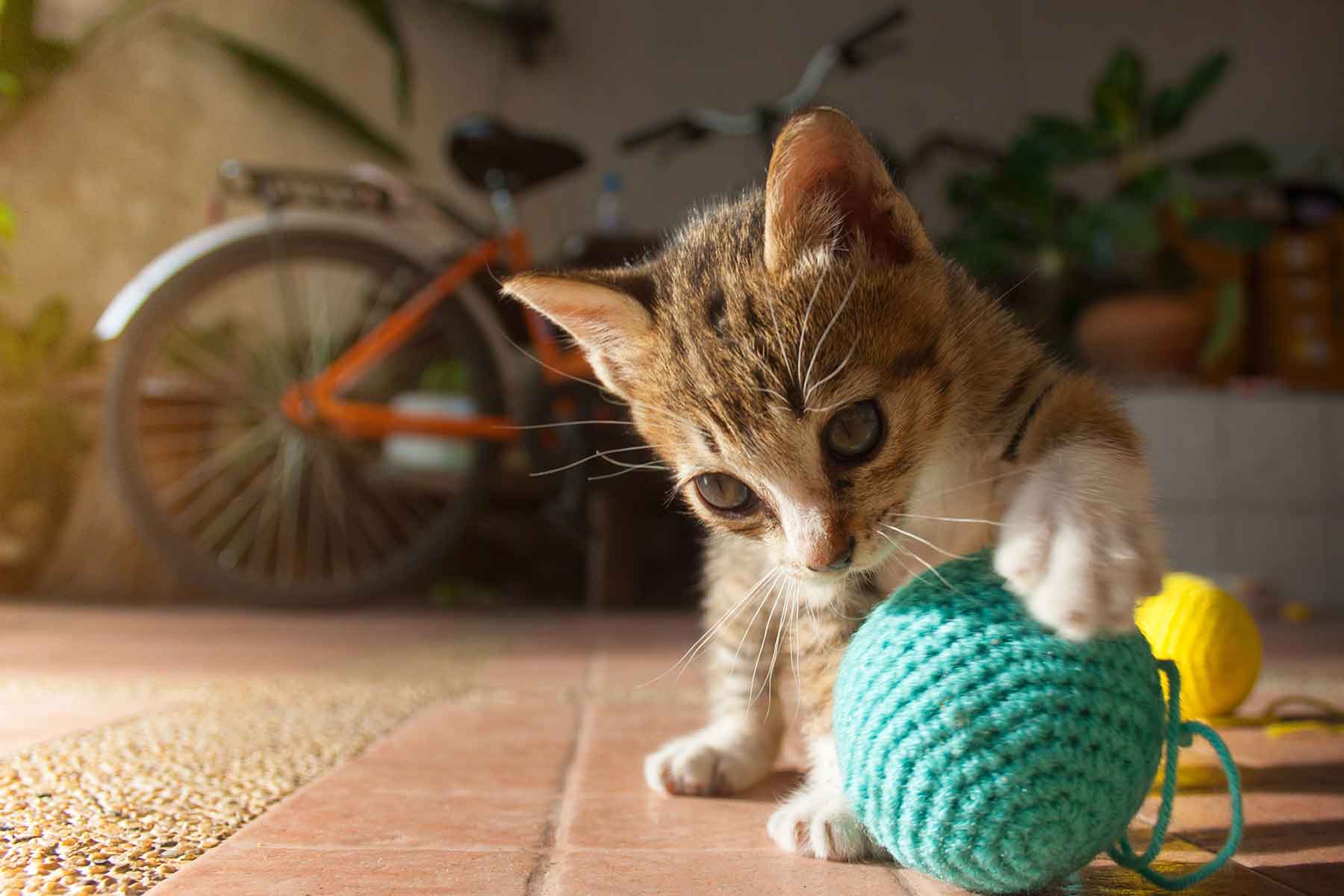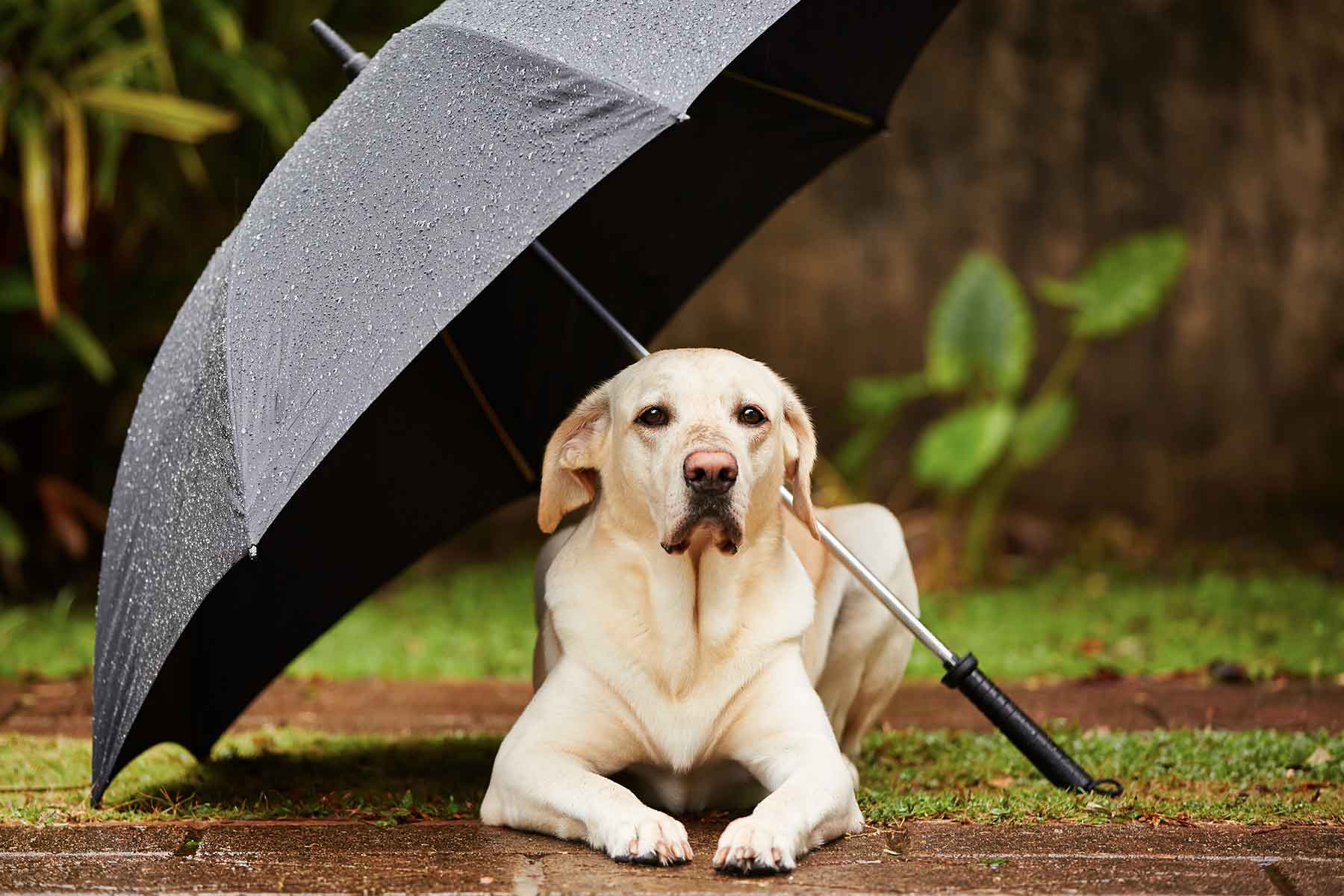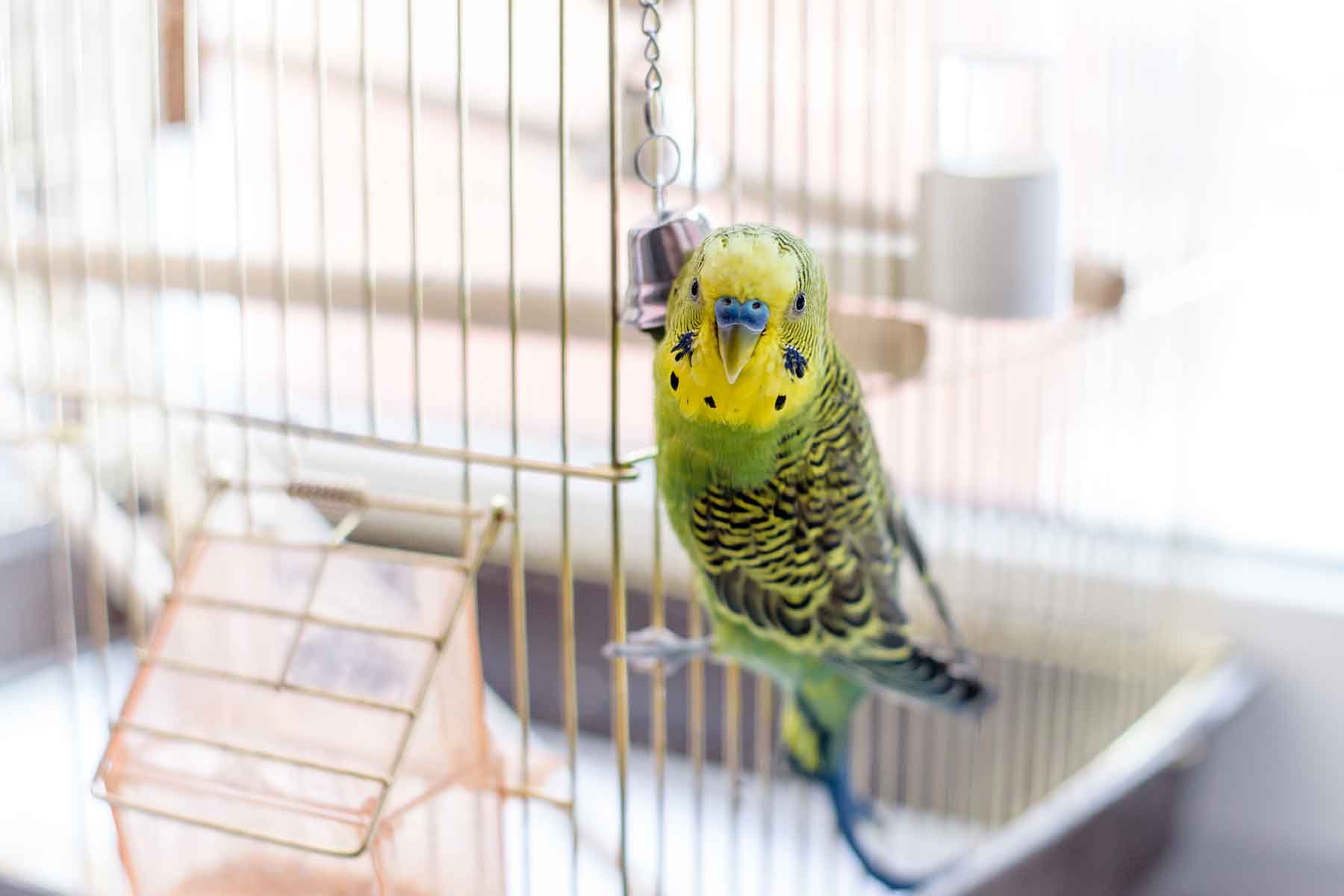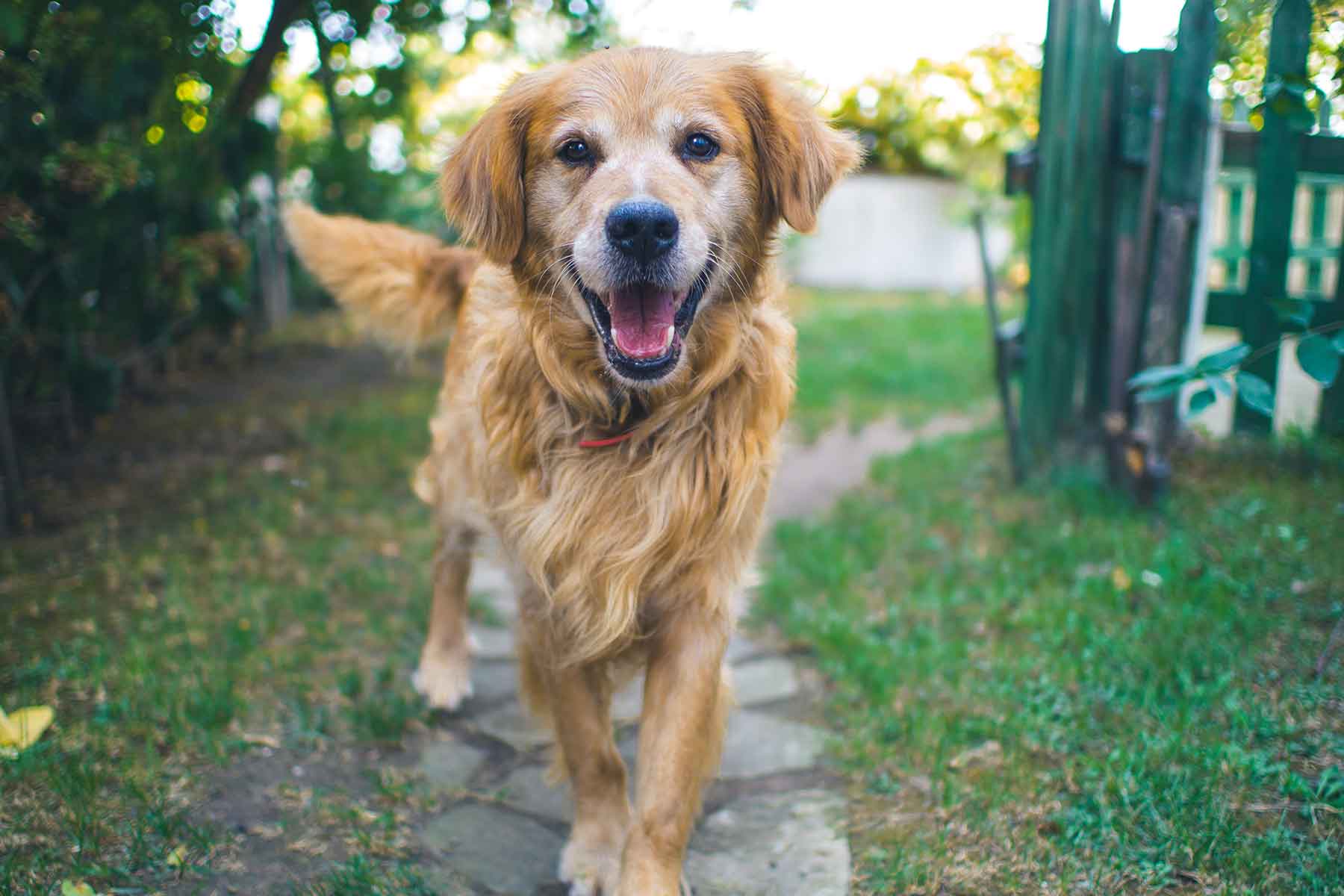Reproductive Season, Heat, Oestrus, And Pregnancy Tests
Puberty or sexual maturity in the female dog usually occurs around six months of age. The smaller breeds tend to go into oestrus or “heat” earlier and some females can have their first “heat” cycle as early as four months of age. On the other hand, the large and giant breeds can be up to two years old before they come into heat for the first time.
How Often Do Female Dogs Come Into Heat?
On average this occurs about twice a year or every six months, although it varies from dog to dog. When cycling first begins, there may be a great deal of variability in the time between cycles. This is normal. Some females take eighteen months to two years to develop a regular cycle.
There is no evidence that irregular heat cycles predispose the dog to false pregnancies or pyometra (uterine infection). Small breeds tend to cycle more regularly than the larger breeds. Three and occasionally four heat cycles per year can be normal in some females.
Very large breeds may only have a “heat” cycle once every 12-18 months. In most giant breeds (Great Danes, Irish Wolfhounds, St Bernard’s, etc.) an oestrus cycle every twelve months is common.
How Long Does A “Heat” Cycle Or Oestrus Last?
“Heat” cycles vary, but average two to three weeks for most dogs. “Heat” should be considered to begin with the first signs of vulvar discharge, or when the female begins licking or paying attention to her vulva. The vulva will begin to appear swollen. It ends when all discharge ceases and the vulva has returned to its normal size.
What Are The Signs Of A Dog In “Heat”?
The most notable sign is vaginal bleeding. This may not become apparent until a few days after the female has actually come into oestrus. Vulvar swelling should be taken as the first sign in addition to the female paying increased attention (such as licking the area) to her rear end.
From the beginning of the heat period she will be attractive to male dogs, but will usually not be receptive, or allow mating, until about 7-10 days later. The discharge will usually become less bloodstained at this time.
Some females experience heavy vaginal bleeding during oestrus. If you are concerned, please consult your veterinarian.
You may also find that she is passing small quantities of urine more frequently. The urine contains both pheromones and hormones which signal any interested males that she will be receptive soon.
How Soon After An Oestrous Cycle Can A Bitch Be Desexed?
When an animal is in season, there is an increased blood supply to both the uterus and the ovaries. Dogs can be desexed whilst they are in season, but generally we try to do the surgery 8 weeks after the start of their last oestrous cycle.
When Is The Best Time To Mate Your Dog?
This can be difficult. Most ovulate and are receptive around the eleventh day of oestrus. The discharge will then be less bloody and the female will be actively looking for a male. However, ovulation may occur either early or late during the “heat” cycle.
Mating Age For Male Dogs:
A male dog is mature for mating possibly from 4 months onwards but generally, it is considered at about 6 months.
Are There Any Tests To Determine When To Mate Your Dog?
Yes. There are two simple tests that your veterinarian can perform.
- Vaginal smear test – A simple microscopic examination of vaginal cells will detect changes in cell appearance and numbers. This test has been used for many years and is reasonably reliable. It is non-invasive and does not cause discomfort for the female. Most vaginal smears are performed serially, over several days, to look for changes in the cells that predict ovulation and the best time for breeding.
- Serum progesterone test – This measures the progesterone level in the blood. This test is very sensitive and has become popular due to its accuracy. Some pets will require several tests to predict ovulation.
Both tests can be performed at the veterinary practice. The serum progesterone test gives a very good indication of when mating is most likely to be successful and is useful for females that have a history of unsuccessful mating or for breeding dogs that have to travel a considerable distance to the male dog.
What Can You Do To Ensure Mating Is Successful?
Surprisingly, male dogs appear to be more stress sensitive than females during mating. Successful matings are more common when the male dog is in its own environment. For this reason, females are usually taken to the male dog’s home for breeding.
The time of mating is extremely critical and it is highly recommended that you have tested your female to determine the optimal days for breeding. For most females, the best time for breeding is between the tenth and fourteenth day of oestrus. However, some females ovulate as early as the third or fourth day or as late as the eighteenth day. Blood tests will assist in determining the best period for your dog.
It is normal to arrange for two matings for your dog, often twenty-four or forty-eight hours apart. Check these details with the owner of the stud when making initial enquiries. Also, inquire as to the procedure if your female dog does not become pregnant as a result of the stud service. It is common for owners of the male dog to offer a free service next time.
You were told that your female had “tied” well with a dog and that only one service was necessary. What does this mean?
The genital anatomy of the male and female is such that during coitus part of the dog’s penis (the bulbis glandis) enlarges and is held firmly by the contracted muscles of the vagina, thus preventing the penis from being withdrawn. This is the “tie” that is considered a desirable feature of a successful mating. It is important to note that pregnancy can occur without a “tie”. Once “tied” the male dog will often step over the female or be turned by handlers into a position so that the animals are back to back.
You found your dog “tied” to a female dog during a mismating. Was there anything you could do to separate them?
There is little point in trying to separate animals that are locked in this way. Buckets of cold water, water pistols, cap guns, and so forth do little to speed up the process of separation and merely upset the dogs. In fact, forced separation can result in serious injury to the female and should be avoided.
If a mismating has occurred, discuss it with your veterinarian as soon as possible.











